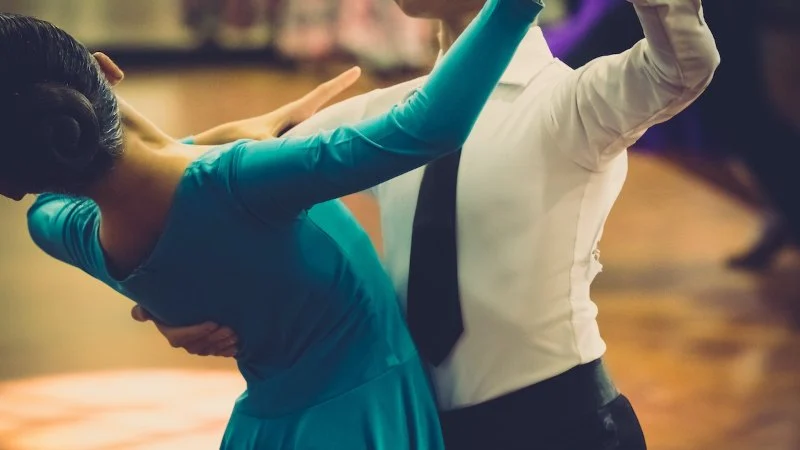
- 1. What is the Waltz?
- 2. Essential Elements of the Waltz
- 3. Top 10 Waltz Moves Step-by-Step
- 4. Common Mistakes to Avoid While Dancing the Waltz
- 5. Tips for Mastering the Waltz
- 6. Where to Learn the Waltz
1. What is the Waltz?
The waltz is one of the most iconic ballroom dances, known for its elegant and smooth movements. Originating in the 18th century, it is characterized by its 3/4 time signature, where dancers glide around the floor in a flowing motion, taking three steps to each measure of music. The waltz is traditionally performed in pairs, with one partner leading and the other following. Whether you're attending a formal event or just enjoying a fun dance night, the waltz is a classic choice that exudes grace and beauty.
While the waltz may seem complicated to beginners, with the right guidance and practice, you can quickly master its key moves. In this guide, we’ll break down the essential waltz moves that will help you feel confident on the dance floor.
2. Essential Elements of the Waltz
Before diving into the top waltz moves, it’s important to understand the essential elements that make the waltz unique. These include posture, timing, and the basic steps:
- Posture: The waltz requires an upright and elegant posture. Both partners should maintain a straight back, with shoulders down and chest open. The leader holds their partner in a slightly raised position, with their right hand on their partner’s back and their left hand extended to hold the follower’s right hand.
- Timing: The waltz follows a 3/4 rhythm. This means that every three beats of music correspond to a step in the dance. It’s essential to match your movements with the music’s timing for a smooth, flowing motion.
- Basic Steps: The waltz involves a basic pattern of steps that form the foundation of more advanced moves. These include the box step, turning steps, and promenades, which we will explore in detail below.
3. Top 10 Waltz Moves Step-by-Step
Now, let's break down the top 10 waltz moves that every beginner should learn. Each move builds on the last, allowing you to progress and eventually perform more advanced waltz variations. Here’s a step-by-step guide:
- Basic Box Step: The basic box step is the foundation of the waltz. For the leader, step forward with the left foot, side step to the left with the right foot, then close with the left foot. The follower mirrors these movements, starting by stepping back with the right foot.
- Left Turn: After the basic box step, you can add a left turn. For the leader, step forward with the left foot, side step with the right foot, and close with the left. As you step forward, rotate your body to the left, turning the follower with you.
- Right Turn: The right turn is similar to the left turn but in the opposite direction. Begin with the basic box step and, as you step forward, rotate to the right, leading the follower in the same direction.
- Promenade: In the promenade position, the partners turn their bodies to face the same direction, with the leader leading the follower forward. The leader steps forward with the left foot, and the follower steps back with the right foot, maintaining a slight side-by-side position.
- Reverse Turn: The reverse turn involves rotating in the opposite direction of the regular turn. For this move, you will need to step back with the right foot, side step with the left, and rotate your body to the right as you continue through the steps.
- Twinkle: A twinkle involves a slight hesitation before taking a step. Start by stepping forward with the left foot, then close the right foot to the left, creating a soft, graceful movement that adds variety to your dance.
- Weave: The weave move involves a combination of turns and side steps. It is used to weave through the floor in a smooth, circular motion, creating the illusion of fluid movement across the dance floor.
- Spot Turn: A spot turn is a quick, sharp turn where the leader and follower rotate on the spot. This move is great for adding flair and style to your waltz.
- Fallaway: In a fallaway, both partners move in opposite directions, with the leader stepping forward and the follower stepping back. This creates a graceful, flowing movement that allows the dancers to glide across the floor.
- Natural Turn: The natural turn is similar to the reverse turn but involves turning to the left rather than the right. The leader steps forward with the left foot, rotates to the left, and leads the follower through a smooth turning motion.
4. Common Mistakes to Avoid While Dancing the Waltz
When learning the waltz, it’s important to be aware of common mistakes that can interfere with your progress. Some of these include:
- Incorrect posture: Slouching or poor posture can affect the flow and elegance of the dance. Remember to stand tall, with shoulders back and chest open.
- Inconsistent timing: Losing track of the 3/4 rhythm can disrupt the smoothness of your waltz. Practice counting in 1-2-3 timing to ensure proper synchronization with the music.
- Too much tension: It’s important to hold your partner gently, not with too much tension. This will help maintain a smooth, flowing connection and allow both partners to move freely.
5. Tips for Mastering the Waltz
To become a skilled waltz dancer, here are some tips to keep in mind:
- Practice regularly: The more you practice, the more natural your movements will feel. Set aside time each week to work on your waltz steps.
- Focus on timing: Pay close attention to the music’s rhythm and ensure that your movements match the timing. This will help create a smoother dance.
- Take lessons: If you’re serious about improving your waltz, consider taking lessons from a professional instructor. A teacher can provide valuable feedback and help refine your technique.
6. Where to Learn the Waltz
If you want to learn how to waltz and perfect your moves, consider enrolling at a dance academy. At American Dance Academy, we offer waltz classes for all skill levels, from beginners to advanced dancers. Our expert instructors will guide you step-by-step, ensuring you develop a strong foundation in waltz technique. Visit our website to learn more and sign up for classes!
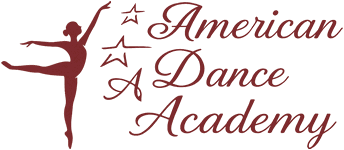
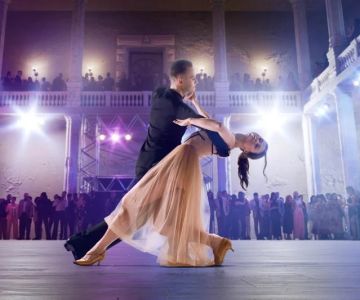
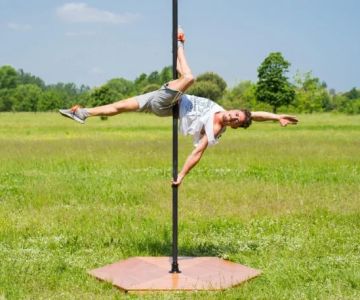
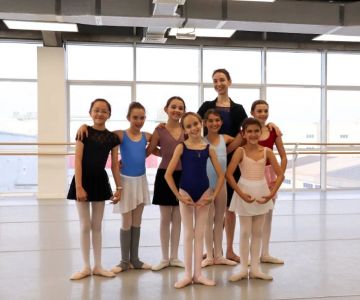
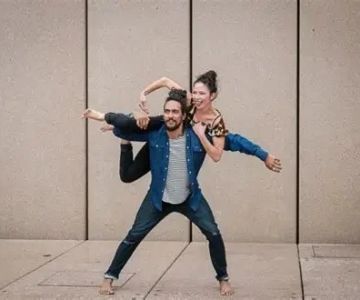

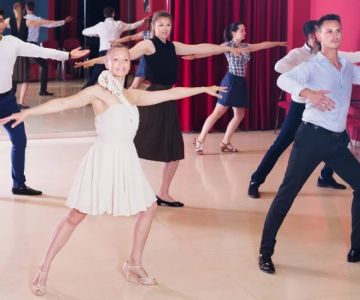
 Barrington Dance Academy5.0 (22 reviews)
Barrington Dance Academy5.0 (22 reviews) Canyon Concert Ballet4.0 (17 reviews)
Canyon Concert Ballet4.0 (17 reviews) Big City Dance Center LLC4.0 (25 reviews)
Big City Dance Center LLC4.0 (25 reviews) Tye Chua Dance & Kalamazoo Ballet5.0 (18 reviews)
Tye Chua Dance & Kalamazoo Ballet5.0 (18 reviews) Fenton Ballet Theatre4.0 (24 reviews)
Fenton Ballet Theatre4.0 (24 reviews) Front Street Dance Center5.0 (7 reviews)
Front Street Dance Center5.0 (7 reviews) Are There Dances in Middle School? What Students and Parents Should Know
Are There Dances in Middle School? What Students and Parents Should Know How a Dance School in Instagram Builds Community and Success
How a Dance School in Instagram Builds Community and Success Why Do Schools Teach Square Dancing?
Why Do Schools Teach Square Dancing?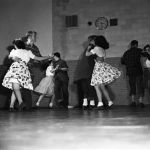 Why Was Square Dancing Taught in School?
Why Was Square Dancing Taught in School? Why Swing Dance Is Popular for Adults
Why Swing Dance Is Popular for Adults A School Dance: How to Prepare, Shine, and Make It Unforgettable
A School Dance: How to Prepare, Shine, and Make It Unforgettable